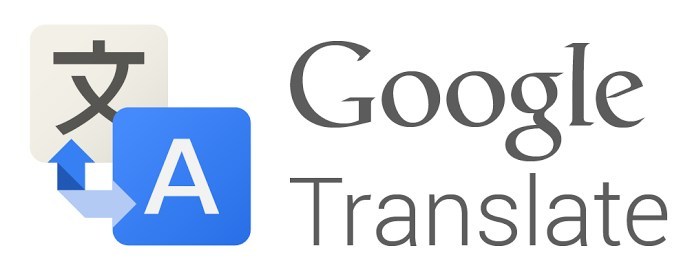Google Translate connected Russian language to translation with deep learning.

The online translator Google Translate now uses the neural network for direct translation into Russian , Vietnamese and Hindi, according to an official blog of the search giant.
Recall that in September 2016, Google announced it had connected the Google Neural Machine Translation (GNMT) neural network to its online translator Google Translate. The network was developed with the help of in-depth training and compiling a single database of meanings of words of human languages. According to the company's specialists, this should have improved the quality of direct translation from one language to another.
After the launch of the project six months ago, Google engineers constantly increased the pool of languages of the neural network. At first, the neural network began processing German, French, Spanish, Portuguese, and other European languages. In addition, Chinese, Korean and Turkish were studied. In total, the neural network in the first wave covered 35% of the world's population.
')
In addition, the work done on collecting and analyzing the meanings of words allowed the engineers to create a translator for language pairs that were not there before, for example, a pair of “English - Japanese”.

The advantage of using machine learning is the approach to text processing. If ordinary translators process each word separately, then the neural network translates sentences entirely taking into account context and multiple meanings, while comparing with grammar.

The technology is still far from ideal, but the improvement in the quality of Google Translate machine translation into Russian can be felt in the near future. The neural network has no shortage of data for processing and training. According to statistics of the search giant, up to 140 billion words in 103 languages are translated daily via Google Translate.
Source: https://habr.com/ru/post/370243/
All Articles